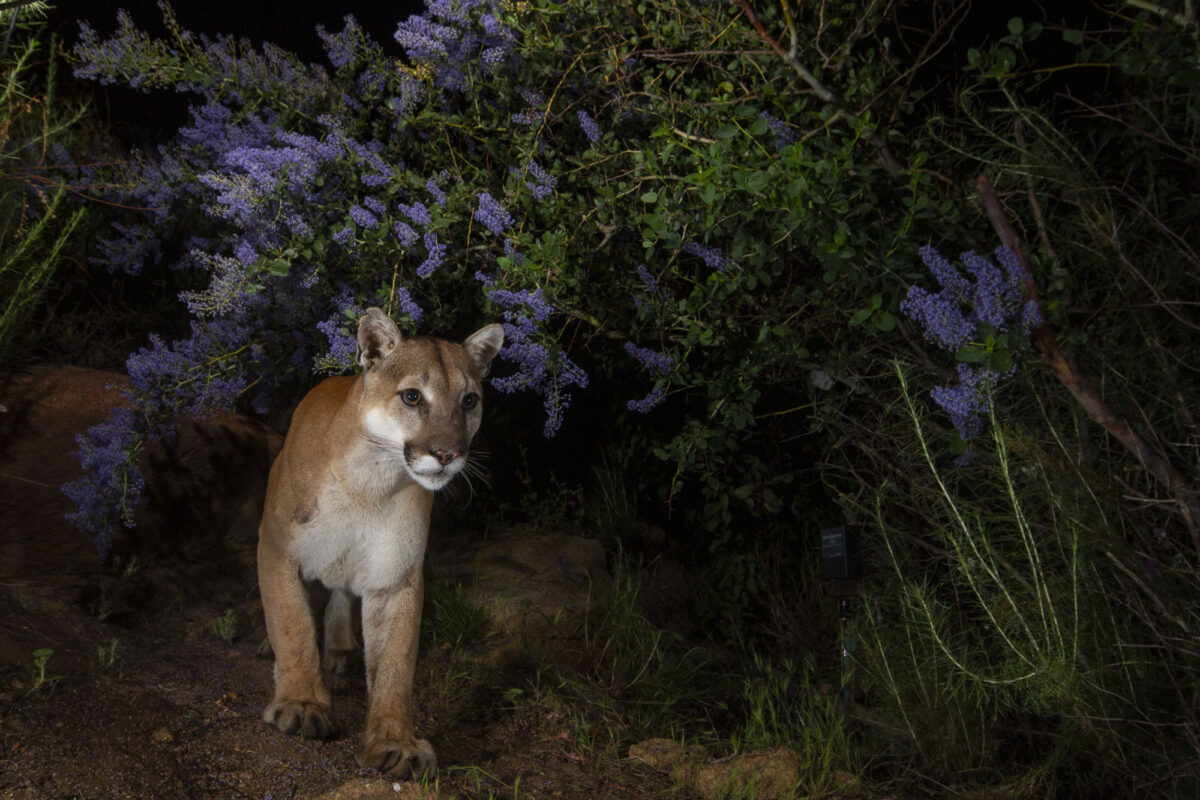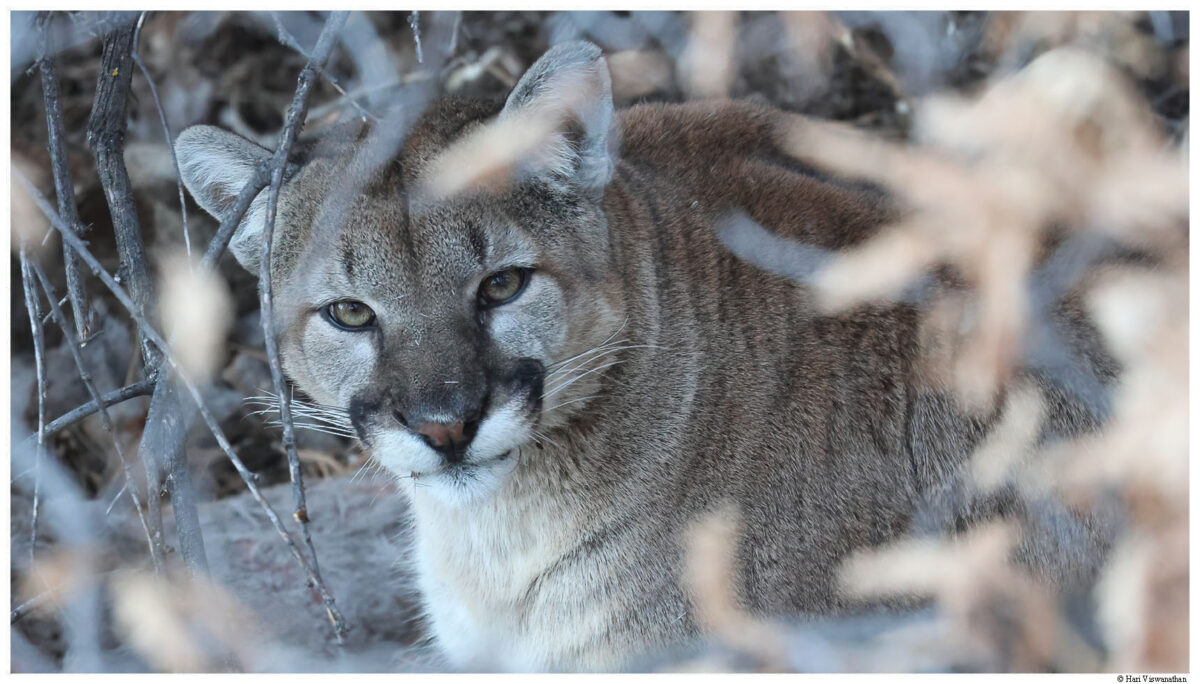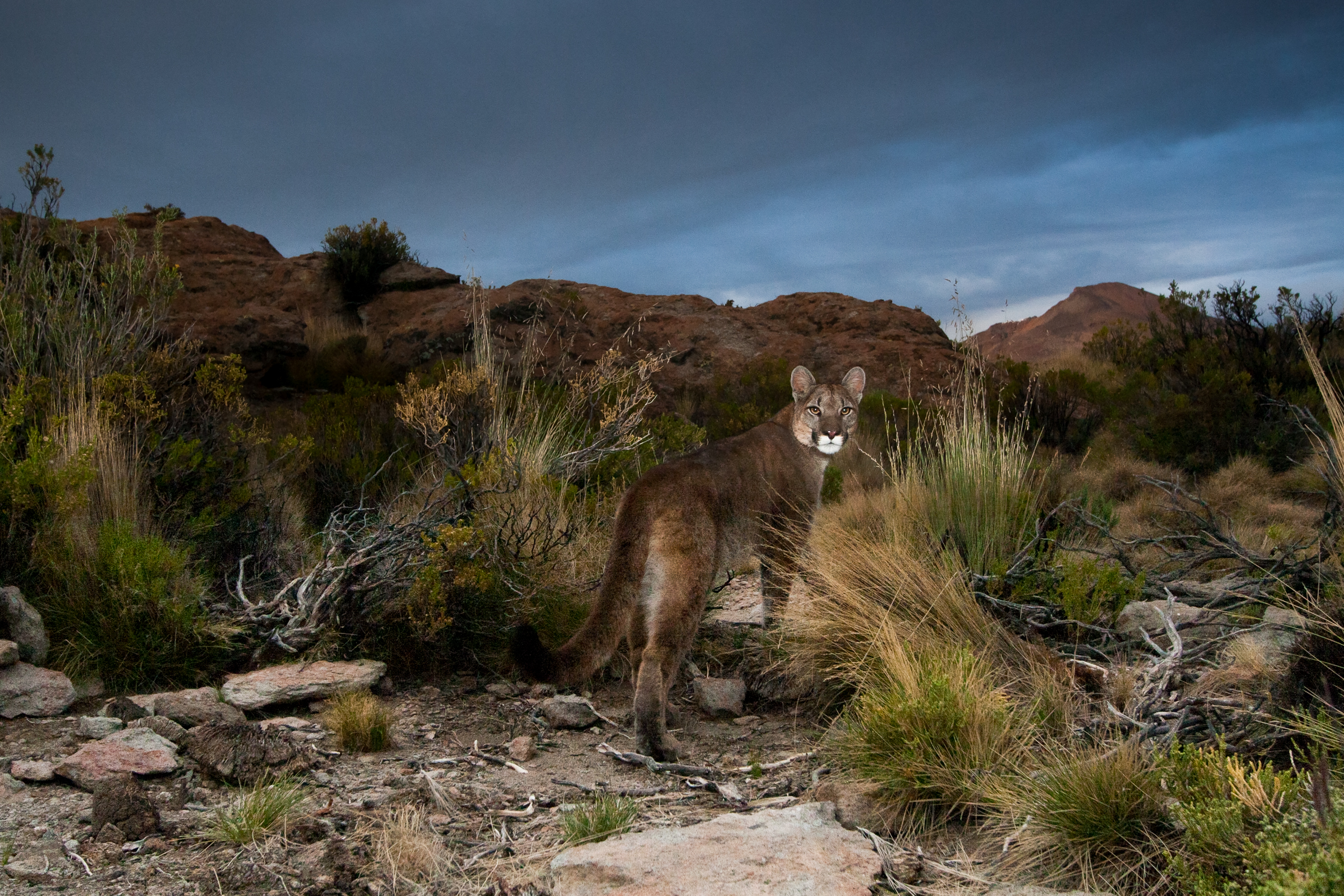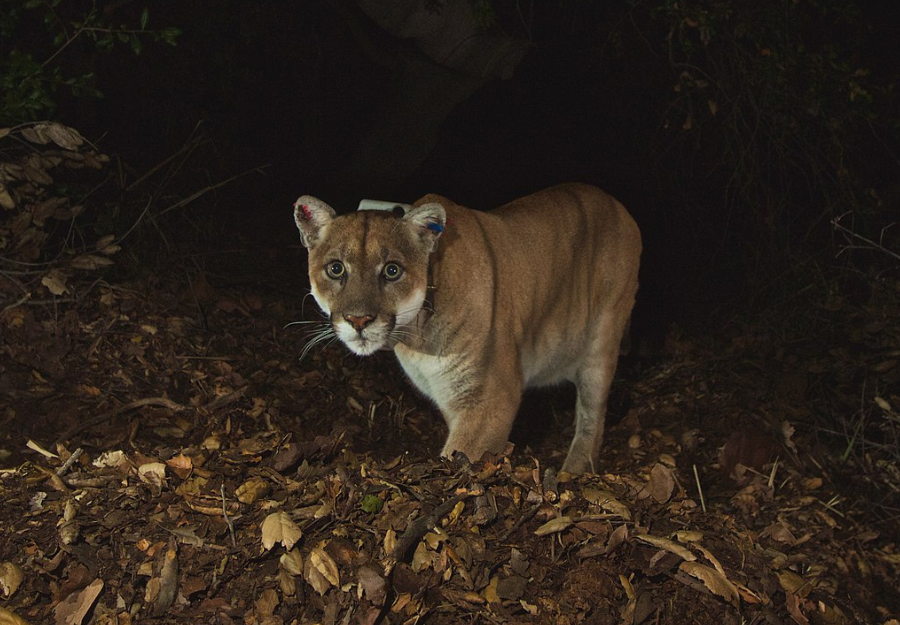 A Wet Year for Lions on the Preserve
A Wet Year for Lions on the Preserve
As the season warms up and everything gets drier, there will be a lot more walking out to the remote cameras as driving increases the fire danger. Our dedicated camera team is ready to employ foot power in the hopes of getting a mountain lion on a trail camera in the next few weeks on the Preserve.Our last camera check took all day as we were scouting out former camera locations to see if they are still underwater. Due to the historically wet rain season we’ve just had, it has taken a lot longer to deploy all our cameras back out onto the locations we use because they’ve been underwater much later into the season.
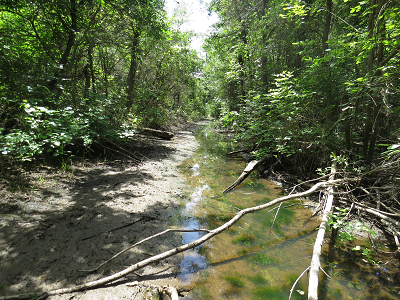 One of our most remote cameras is still inaccessible by vehicle or foot and if you need a boat to get to the location, you’re quite unlikely to see a lion floating by. While lions are known to swim, they’re not water babies and will do so generally to escape danger, get to another area of territory, or pursue food or a mate.
One of our most remote cameras is still inaccessible by vehicle or foot and if you need a boat to get to the location, you’re quite unlikely to see a lion floating by. While lions are known to swim, they’re not water babies and will do so generally to escape danger, get to another area of territory, or pursue food or a mate.
Unusually wet years like the one we’ve just had, require all the resident wildlife to adapt and use different resources and habitat for food and cover. Areas wildlife typically uses may be underwater or otherwise inaccessible due to the flooding. This also means that lions following prey and looking for dispersal routes might move differently, not just in the Valley, but possibly in the Sierra as the lower snow elevation would shift wildlife movement in the mountains as well.
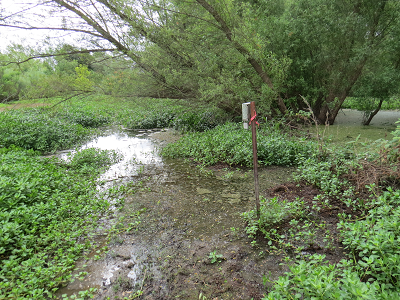 For the other ten cameras we have deployed, we’re just about to hang the rubber boots up! The water is definitely receding and soon we anticipate that pathways will be dry enough to walk in regular boots. At some of the cameras that still have water close by, we see distinct tracks of coyotes, bobcats, river otters, raccoons and deer. We’ve not seen anything that can distinctly be identified as lion tracks near our cameras besides the area where we placed the carcass cameras.
For the other ten cameras we have deployed, we’re just about to hang the rubber boots up! The water is definitely receding and soon we anticipate that pathways will be dry enough to walk in regular boots. At some of the cameras that still have water close by, we see distinct tracks of coyotes, bobcats, river otters, raccoons and deer. We’ve not seen anything that can distinctly be identified as lion tracks near our cameras besides the area where we placed the carcass cameras.
As we approach each camera location we quietly observe the area for tracks, scat, scratch and other disturbance that could mean a large predator. In this way we’re ensuring a two-fold surveillance method of our camera sites – the physical activity that may be taking place, and what critters actually walk by the trail cameras.
We’re also looking ahead to the Sierra snow melt as the increased runoff from last winter’s dense snow pack could bring a new flood event, which would again create different wildlife travel patterns and require that the wildlife on the Preserve adapt to finding food and shelter on a wetter landscape.
We will have to see how the coming snow melt affects our study efforts!
—
The Bureau of Land Management initiated a mountain lion study on the Cosumnes River Preserve in collaboration with the California Department Fish and Wildlife in 2014. Currently, the study is being carried out by an all-volunteer crew of dedicated individuals who receive support and oversight from the Bureau of Land Management. The Sacramento Zoo has awarded a grant to the Mountain Lion Foundation which has allowed the Foundation to purchase and loan ten trail cameras to the Preserve to help carry out this study. The goal is to find and document a mountain lion on the Cosumnes River Preserve.



 Facebook
Facebook Twitter
Twitter Send Email
Send Email